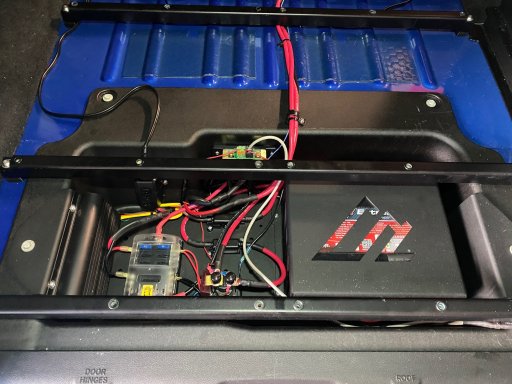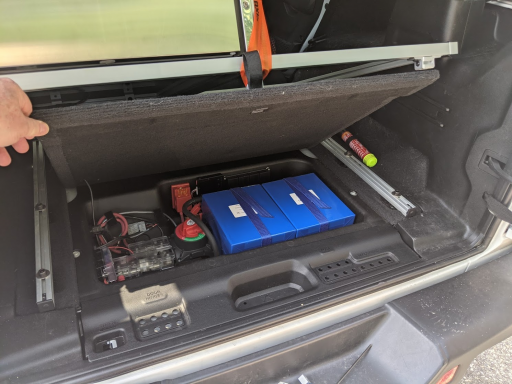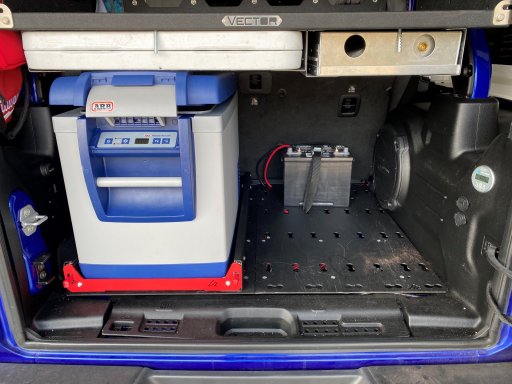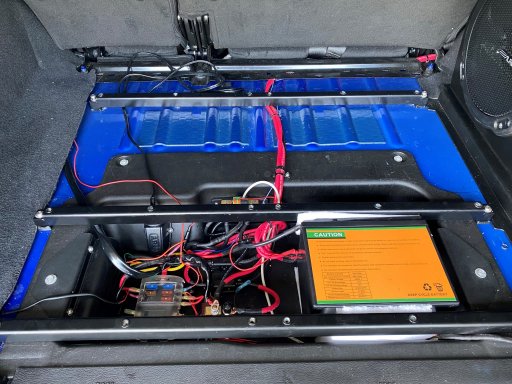
Enthusiast I
I posted this in a FB group and didnt get a response. I need some help calculating the run time of ARB or any fridge. I thought our battery was failing, I remember running nearly two days before needing to charge. The math to support the above isn't adding up, please help me determine an approximate time before the fridge cuts off. I have a PC1100 Odyssey 45AH. I am seeing about .90 as the current draw per hour opening it two times during the the last 6 hour test. The fridge suspends drawing power from the battery at 10.1v on the low setting. Am I really looking at a half a day? On the monitor as of late I am seeing about 80% before I have to start recharging the battery to turn the fridge back on. Any input would be much appreciated.
The battery is a managed by a REDARC 1225D. The REDARC, AUX battery and fridge connect are within inches of each other. The fridge sits on top of the space where everything is stored. Give it to me straight DOC, am I really looking at half a day? Can you show me the math, I understand there are variables unknown. Just a best guess under ideal conditions.
The battery is a managed by a REDARC 1225D. The REDARC, AUX battery and fridge connect are within inches of each other. The fridge sits on top of the space where everything is stored. Give it to me straight DOC, am I really looking at half a day? Can you show me the math, I understand there are variables unknown. Just a best guess under ideal conditions.













